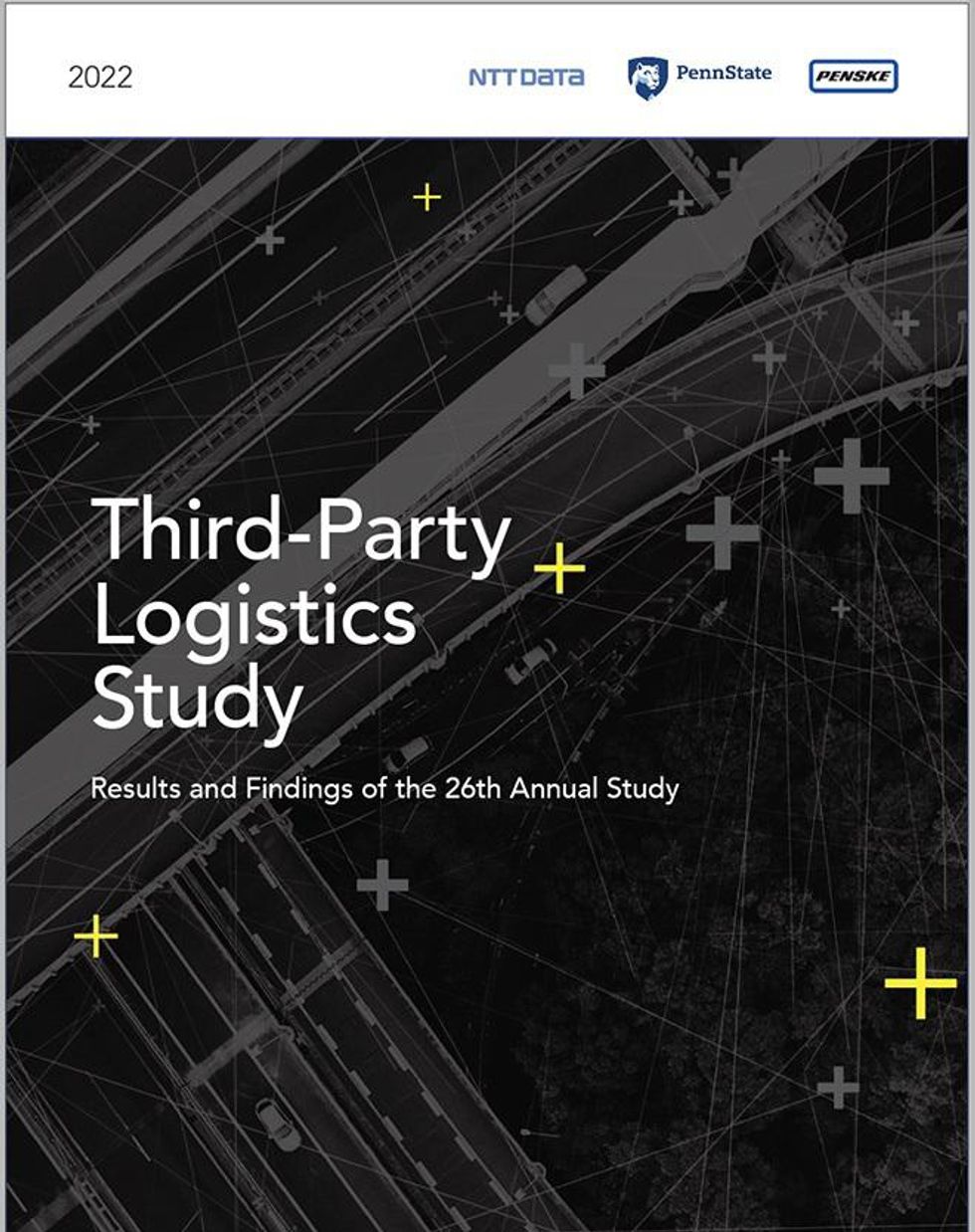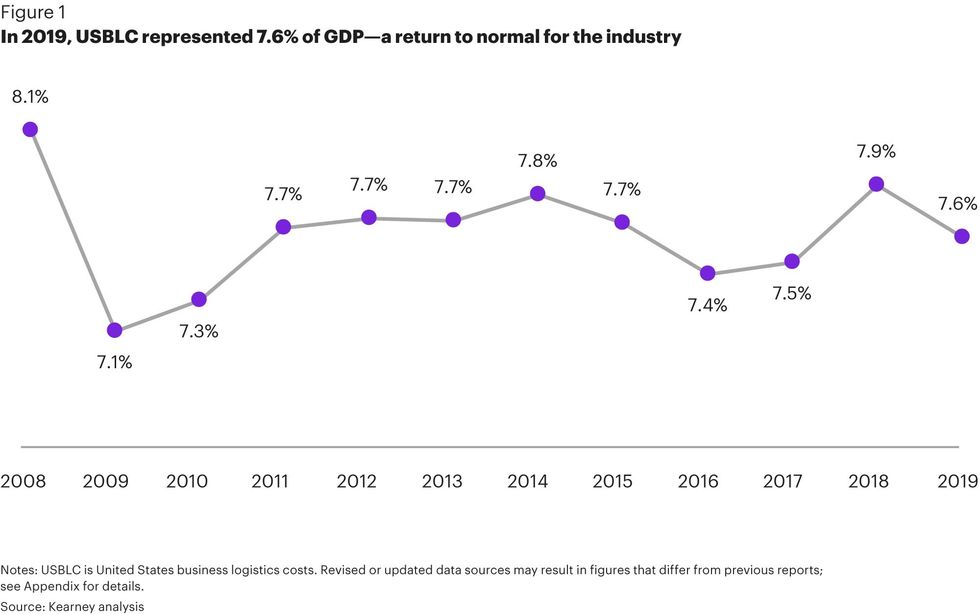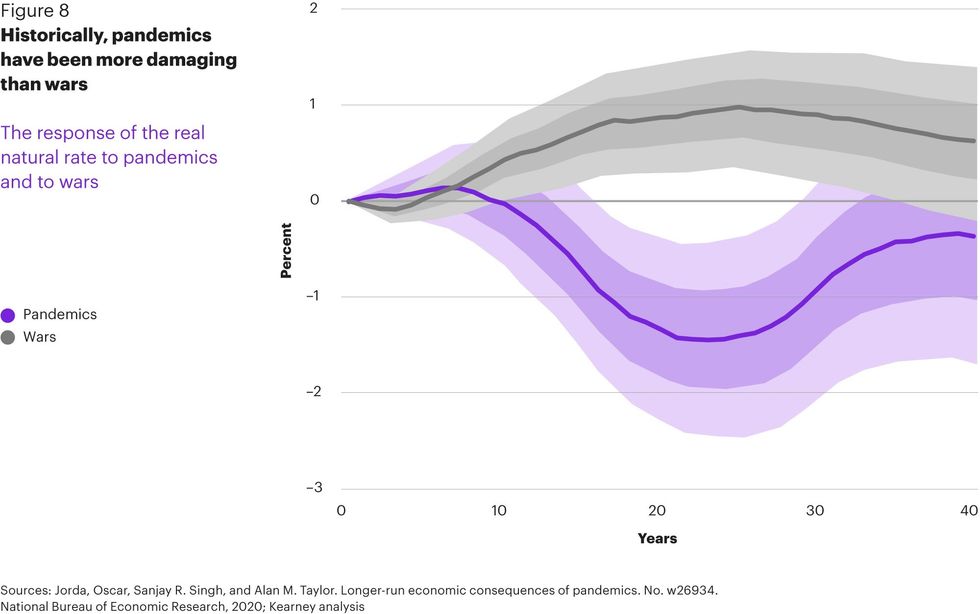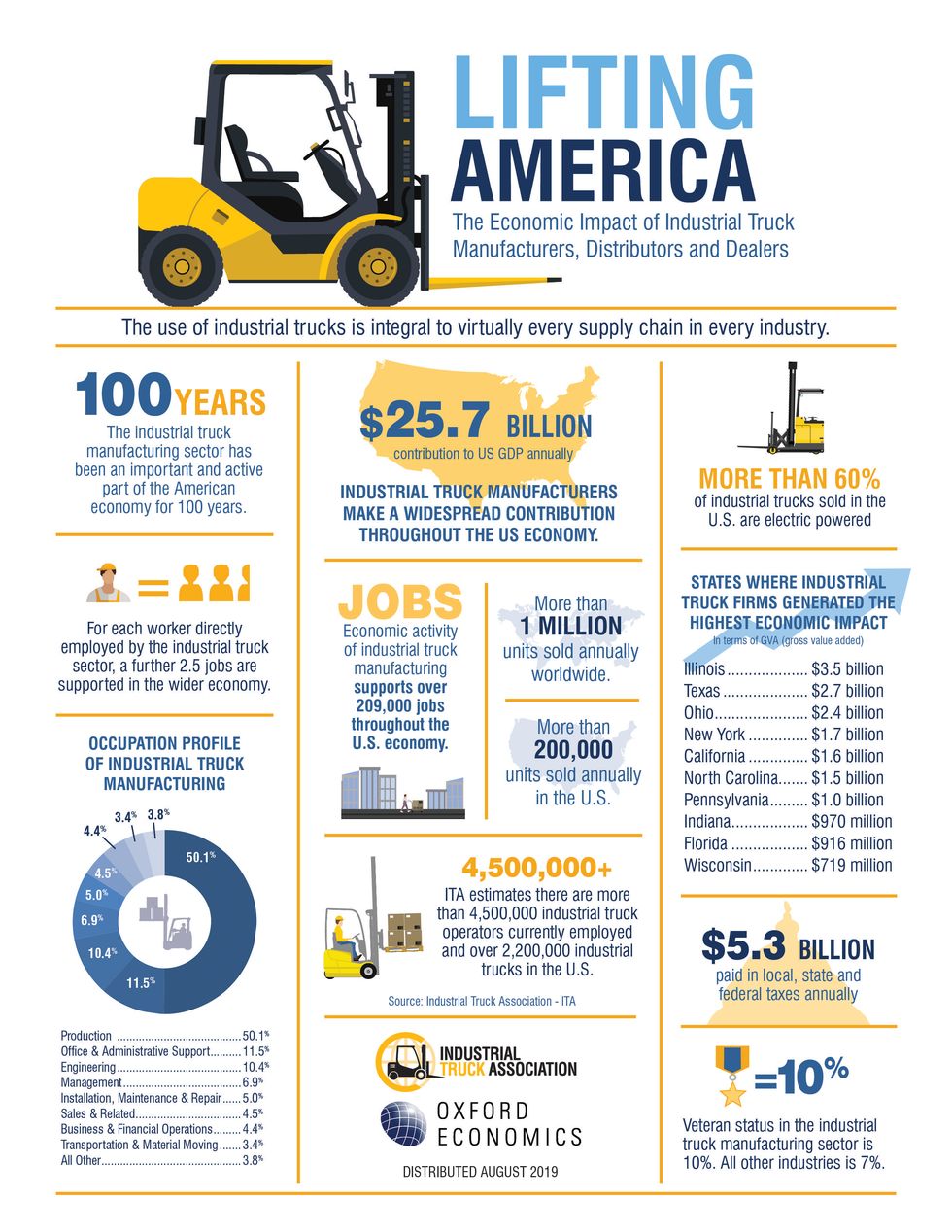How Quality Data Shapes the Future of the Supply Chain
Data, analytics and intelligence are now at the forefront of supply chain operations, and companies that are deriving operational value out of supply chain data are gaining a competitive advantage.
“The quality of your data directly drives the quality of your decisions, giving you a powerful edge over your competitors,” said R.J. Myers, vice president of DCC strategy and support services at Penske Logistics.
Quantity and Quality Matter
Today’s supply chains generate more data than ever, from transactional data in day-to-day operations to historical data used for performance management and forecast data on supply and demand.
“I’m a big believer that the more data the better. Just because something isn’t useful today doesn’t mean it won’t be useful tomorrow,” Myers said. “You’d be surprised by what new data sparks an innovation idea that has the potential to take us to the next level.”
As data becomes more complex and more important, data accuracy, data mapping — the process of connecting fields from one data source to fields in another — and data matching — ensuring individual records refer to the correct, unique entities — take on greater importance.
Something as simple as the source data system not aligning with the system it is feeding could create an issue. “If we’re moving things in measurements of feet and they put it in meters, it creates a false accuracy,” Myers said.
The Dangers of Bad Data
Inaccurate data creates false narratives, which could lead to more problems. “You could be spending resources to fix issues that don’t actually exist,” Myers explained.
It also erodes trust; end users can lose confidence in what systems tell them. When that happens, they may work outside the system to the detriment of what the systems are trying to achieve.
Penske has guardrails in place to ensure data accuracy and quickly resolve data issues. “Our customers require near-real-time visibility, which makes it imperative to get our data in near real time and have it accurate,” Myers said.
Automation Reduces Errors
Automation is one of the top ways to increase accuracy. “Anytime you can go to an automated versus a manual transmission, it reduces your room for error,” Myers said.
Examples include having systems pull GPS location data from a driver’s phone and load information from a bill of lading rather than keying it in.
Looking for anomalies in data can help identify inaccurate information. “The best way to do that is to run exception reports or have bots behind the scenes looking for exceptions. Then you can get to the root cause of the issue and address it,” Myers said, adding that reviewing reports daily will increase accuracy faster.
Benefits of Artificial Intelligence
Systems using artificial intelligence can not only identify anomalies but also fix them, improving data organically.
People and technology working together are a powerful duo, which makes training a key component of data accuracy. Within DCC, Penske Logistics has built functional training for every new user and has accelerated classes for more experienced users to keep progressing. “You have to build a culture of data integrity and make sure everyone understands the important role data plays,” Myers said.
Data Sharing
Data sharing is invaluable because it increases utilization and cost efficiencies. “You always have a finite number of resources, and you always want to do more with less,” Myers said.
For example, knowing cube data can allow shippers to maximize space in the trailer, utilize a shared network or shared capacity or take advantage of backhauls. When capacity is underutilized, the cost per trailer goes up, resulting in additional freight costs.
Proactive vs. Reactive Approach
Good data also enables those in the supply chain to be proactive rather than reactive. “With good data, you can build models or use AI that can predict the future to a certain degree and create action plans before things happen,” Myers explained.
By embracing timely, accurate data as a core asset, shippers stay competitive in the current market and create a more agile and responsive supply chain that will keep up with an increasingly complex supply chain landscape.
“The companies that are really attacking their data are going to advance into the future and be the ones that survive,” Myers said.
Penske Logistics’ focus on data integrity ensures data accuracy, consistency and reliability across all operations. For more information on data quality, contact us.




